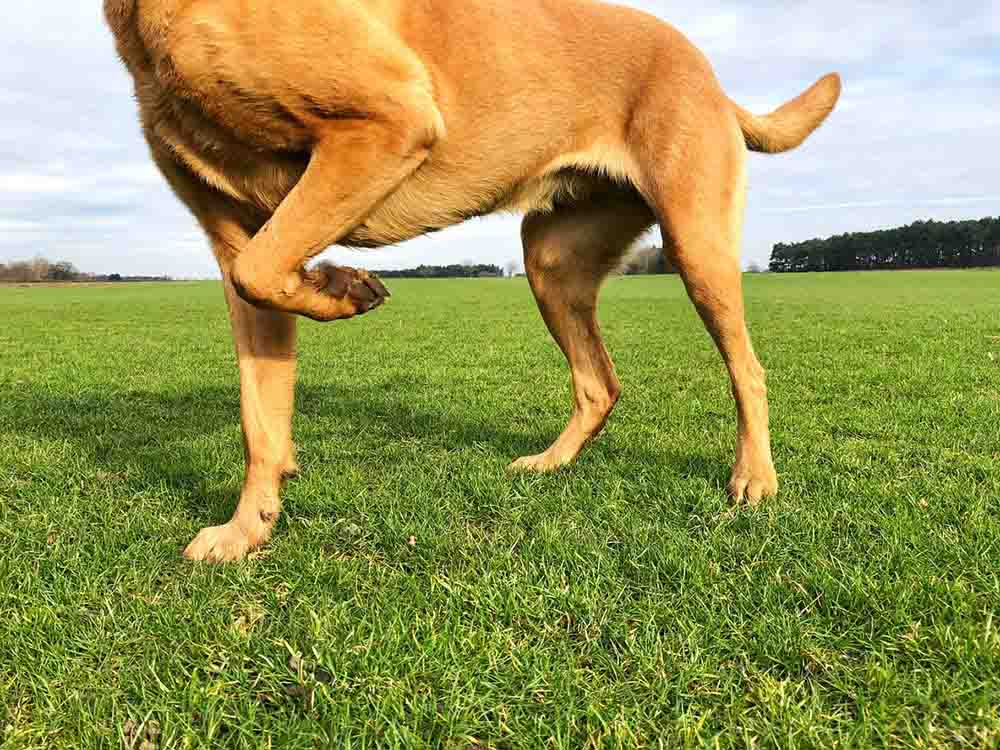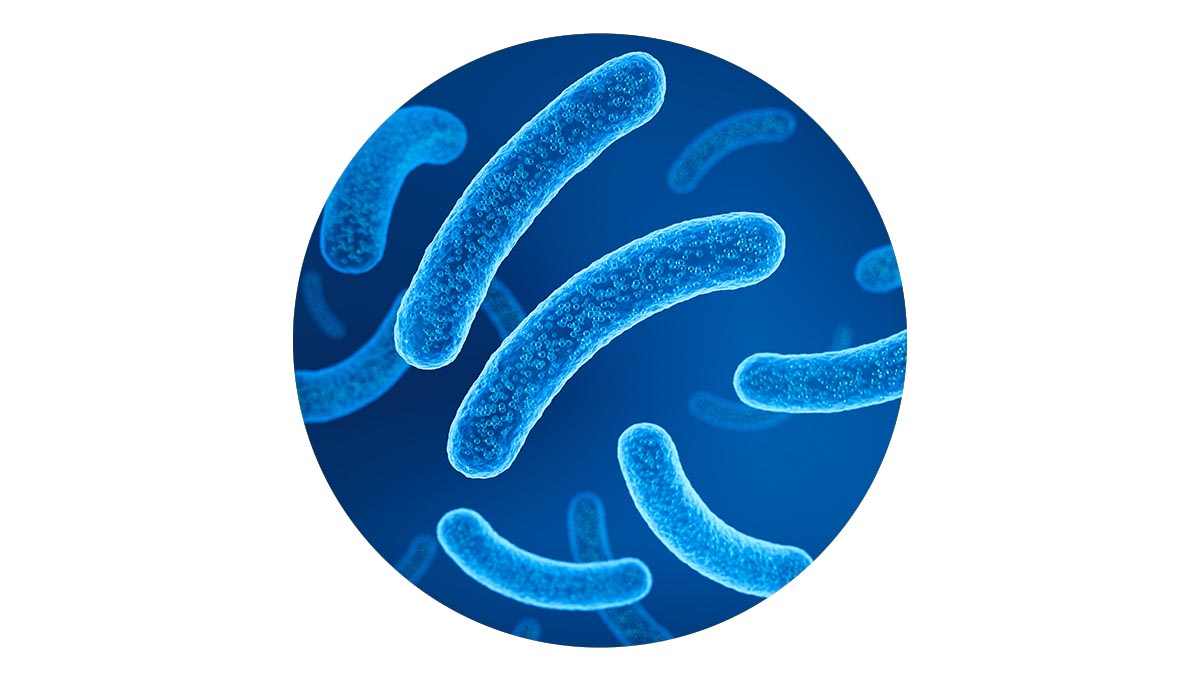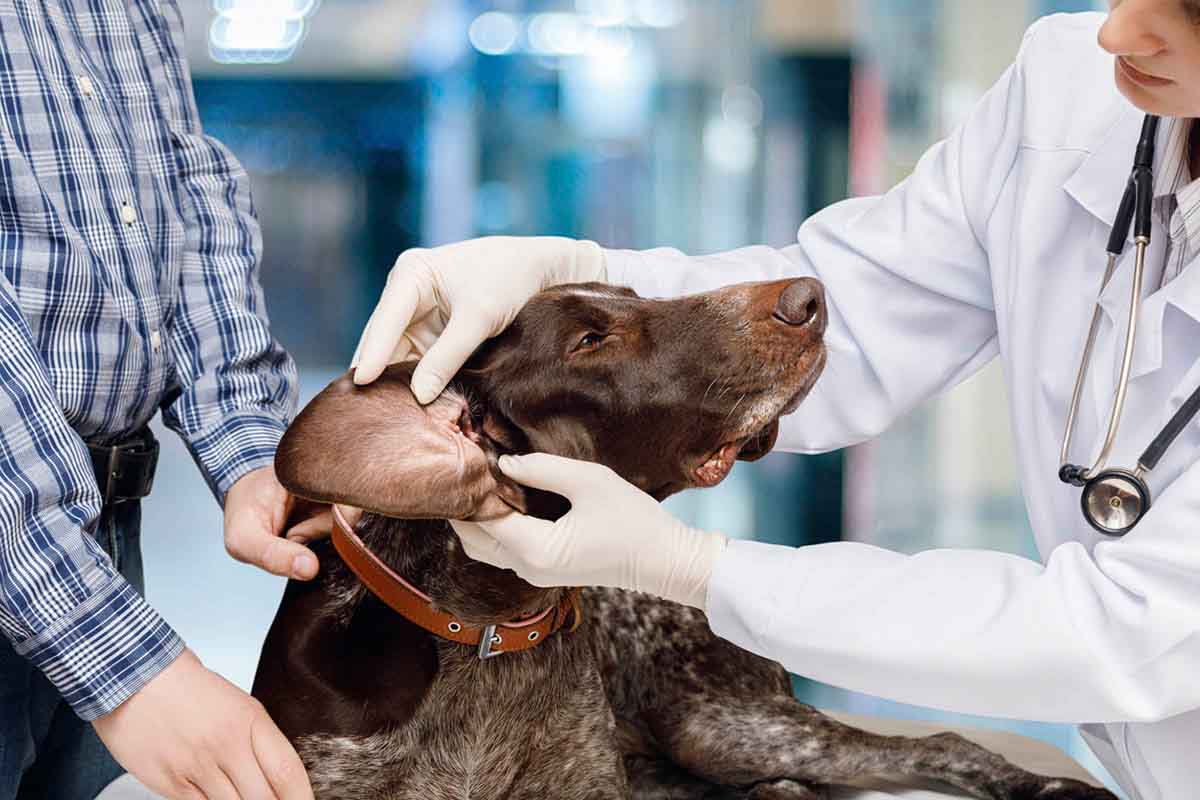How to Clean a Dog’s Wound
Step-by-step instruction on how to clean a dog's wound. Plus: essentials to keep in a dog first aid kit.
No one wants a fun backyard romp to turn painful. But when it comes to your pup, there are many potential types of wounds your dog can experience. There are thorny bushes, superficial scrapes, and even bite wounds between dogs.
Yikes!
No matter the type of dog wound, you want to assess its seriousness and clean it up as soon as possible. It’s easier if you have a pet first aid kit on hand. Below, we’ll share what you should include in yours.
First, here are step-by-step instructions on how to clean a dog’s wound.
Dr. Linda Simon, DVM, of Senior Tail Waggers says, “Assess the situation and remove your dog and yourself from any danger.”
Assess Your Dog’s Wound

It doesn’t take a veterinarian to recognize some dog wound care requires professional assistance. For example, any more extensive wounds (like open wounds) probably need veterinary attention right away. For example, bite wounds could introduce infection or require stitches.
Other dog wounds may be less severe. You may be able to remove a superficial thorn in a paw pad scenario with a pair of tweezers, clean it, and check its healing process over the next couple of days. However, even minor wounds can be at risk for infection, so know the signs of infection before they turn serious and impact your pet’s health.
Dr. Simon says, “Most wounds should be assessed in person so the vet can determine the best treatment protocol. Small abrasions that have not penetrated the skin are likely okay to treat from home.’
When you take your dog for veterinary care, they can clean the wound and dress it with an appropriate antibacterial ointment. They’ll also prescribe your dog pain relief if needed.
Always always, don’t hesitate to contact your veterinarian if you have any doubts or questions.
Step by Step How to Clean Your Dog’s Wound: First Aid for Dogs

Every dog wound is different, but if you can follow these initial steps of basic first aid, you can take the first step to clean your dog’s wound even if that’s only to stem the blood flow to get your pup to emergency care.
1. Calm your dog
Dog injuries can make your dog feel fearful which means they may lash out at anyone nearby. Even sweet dogs can bite or scratch if they’re in pain.
Dr. Simon recommends using a muzzle or having someone help you hold your dog if your dog is anxious or might snap.
If you can calm your dog, you can wrap your pup in a clean towel to reduce the potential of biting or scratching. Use a muzzle if you have one. Look at the wound and assess the damage. Does your dog have abrasions? Lacerations? Or is it a minor scrape or cut on your dog’s skin?
There are many types of wounds, some minor injuries you can clean and attend to easily. Others will require emergency veterinarian attention.
2. Stop the bleeding
If your dog’s wound is bleeding, use a clean bandage or other cloth to put pressure on it. Dr. Simons says, “You can use a clean cloth to apply firm pressure for at least five minutes. You can use salt water can to rinse the wound, removing any debris or dirt.”
If you have styptic powder or corn startch in your pet first aid kit, then apply it if possible. Dog groomers and veterinarians use this powder to stop bleeding from your dog’s nail beds. You can keep a container on hand if your dog injures his nails (or if you cut his nails too close). Simply pour the powder into a clean bowl or container cap and press your dog’s nail into the powder to stop the bleeding.
If you cannot stop the bleeding, get your pup to the nearest emergency animal hospital for professional care.
3. Inspect the wound closer
If you can stop the bleeding, your next step is to see if there’s anything embedded in your dog’s wound. A broken piece of glass, a jagged piece of a tree branch, or other foreign objects could be sticking out of your dog’s paw or body. If it’s superficially embedded, you may be able to remove it with your fingers or tweezers. But if it’s deep or your pup won’t let you get near it, dog owners should seek veterinarian attention.
4. Clean the wound
Use clean water, salt water, or a sterile saline solution to wash your dog’s wound. Many people ask if they can use hydrogen peroxide or rubbing alcohol to clean their dog’s wound, but those are harsh and would be extremely painful. You can clean your dog’s wound with pet-safe antiseptic solutions like chlorhexidine.
5. Apply pet-safe antibiotic ointment
Once you’ve cleaned your dog’s wound, use pet-safe antibiotic ointments like Vetericyn Plus or even a little Neosporin on superficial wounds. But don’t let your dog lick Neosporin off, as it can make your dog sick. If your dog has a scrape, Hydrocortisone can help relieve itching while Neosporin prevents infections. Manuka honey is a safe and natural antibiotic ointment, too.
6. Wrap the wound
Use a sterile gauze to wrap your dog’s open wound. You want it to stay on but not be too tight that you’d restrict blood flow. You may need an Elizabethan collar (aka e-collar) or “Buster” collar to keep your dog from worrying the wound as it heals. Don’t ket your dog lick or chew on the wound, as that will delay the healing.
Signs of Infection

Dr. Simon says, ‘If an infection is beginning, an owner may notice the skin around the wound looks red and feels warm. There might be some discharge seeping out of the wound, and it will smell foul. If any pus is seen, this confirms there is a bacterial infection. A smelly dressing would usually indicate infection if the wound is dressed.”
The typical signs of infection in your pup’s dog wound are redness and swelling. You may also feel heat coming from the injured area. These are all signs your dog’s immune system is working to heal itself. Yet, you don’t want it to go on too long.
If your companion animal’s wound is still hot a day or two later, and they seem lethargic, have difficulty breathing, and lose their appetite, this could be a symptom of a serious infection setting in. Please get your pup to veterinary attention right away if this happens.
How to Build a Pet First Aid Kit
It never hurts for pet parents to be prepared. You can keep digital medical records of your pet’s health such as vaccination schedule and medications on your phone. Include any other pet owner’s phone number. You may have these from your veterinarian or use a pet care app like PetDesk or Mpet. Use whatever method works best for you.
From there, you can put together your pet first aid kit and keep one at home and one in your car for emergencies on the go.
Dog First Aid Essentials
- Latex gloves: These help reduce the chance of introducing additional germs into your dog’s wound and protect you from biohazards.
- Sterile gauze pads/bandages: Sterile gauze, rolled bandages, self-adhesive bandages, and others are helpful for certain types of wounds. Add adhesive tape.
- Scissors: If you outfit your pet first aid kit with multiple types of bandages, you’ll need scissors to cut them.
- Styptic powder: Styptic powder is sold at most drugstores. You can also apply it to other minor wounds, such as if your dog has a small cut from a thorny bush.
- Saline or a bottle of clean water: Saline solution is readily available at most drugstores, and it’s sterile. If you don’t have any saline solution, you can use clean water to rinse your dog’s wound. You can also find an antiseptic solution called chlorhexidine at many pharmacies. Veterinarians often dilute it for cleaning superficial wounds. Whatever you do, don’t use rubbing alcohol or hydrogen peroxide in your dog’s wound care, as that would be painful.
- Eye flush: Pet-safe saline eye flush can be helpful if your dog gets sprayed by a skunk in the face. It could help if your dog has another type of eye emergency, too, but if there are any puncture wounds in or near your dog’s eye, go to the emergency vet.
- Muzzle: Even the sweetest animals can last out when they’re panicked. If you keep a basket muzzle in your pet first aid kit, you’ll have it if needed.
- Ointments and other medications: You can keep Neosporin on hand or even a safe, natural antibacterial substance like Manuka Honey to soothe a minor dog wound like simple scrapes. It’s always a good idea to consult with your veterinarian about the type of antibacterial ointment they recommend and keep some handy.
It’s also helpful to keep a clean towel in your first aid supplies kit because you can wrap your dog in a towel if bleeding or simply have a way to soothe your dog and protect yourself from scratches while you look at the wound.
Final thoughts
If your dog has a serious injury, it’s scary. The important thing is to calm yourself as best as possible because your dog will pick up on your worry.
Dr. Simon says, “Try to remain calm yourself, as your dog will sense any nerves. Let them know you’re in charge and talk reassuringly to them, stroking them and offering high-value treats like chicken and cheese to help take their mind off things.”
For medical emergency situations (anything but the most superficial wounds), seek veterinary care for your floof, but that doesn’t mean you can’t clean your dog’s wound first. Professional care is always a good idea to ensure your pup heals safely.
This content is for informational use only and does not replace professional nutrition and/or medical advice, diagnosis, or treatment. These first aid tips are not a substitute for specific nutrition and/or medical recommendations. Please talk with your veterinarian about any questions or concerns.








